Learn about 11 Air Purifying Plants Safe for Cats that are non-toxic to pets and cleanse the indoor air from harmful VOCs and indoor particulate matter.
If you’re a cat parent and looking for Air Purifying Plants Safe for Cats then you’ve come to the right place! We have combined a list of houseplants, keeping in mind the famous NASA Clean Air Study and ASPCA‘s non-toxic plant names. This means these indoor plants not only purify the air in your home but are also safe for your kitty!
NASA Approved Air Purifying Plants Safe For Cats
1. Bamboo Palm
Botanical Name–Chamaedorea seifrizii
Happy to grow in indirect light, this large houseplant is responsible for cleaning Benzene, Formaldehyde, Trichloroethylene, and Toluene from the air. Due to the tall stature, it’s popular indoors and also known as the Reed Palm. And yes, you must have guessed it by now, it is cate safe!
2. Boston Fern

Botanical Name–Nephrolepis exaltata
Boston fern has adorable green fronds like sword fern, but it’s more compact and suitable for growing indoors. It’s very effective in removing air pollutants present in the indoor air. It does this all while staying safe for your cats!
3. Spider Plant
Botanical Name–Chlorophytum comosum
The spider plant is an ideal houseplant to purify Formaldehyde and Xylene from the air. Besides that, it looks attractive and good for a kid’s room as well. Not to mention the fact it’s not toxic to cats and dogs. Learn how to grow spider plants here.
4. Gerbera Daisy
Botanical Name–Gerbera jamesonii
Gerbera daisies are popular cut flowers, and they come in cheerful, warm shades of red, peach, yellow, orange, pink, pale, and purple.
5. Areca Palm
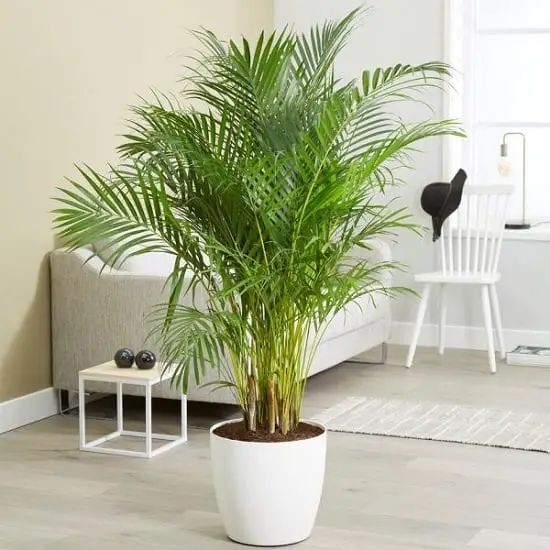
Botanical Name–Dypsis lutescens
Areca palm is a tall houseplant, good for offices and homes. This low maintenance plant has smooth green fronds arching downwards. It can eliminate xylene, toluene, and especially formaldehyde from the air, and it’s non-toxic to pets.
6. Money tree (Guiana Chestnut)
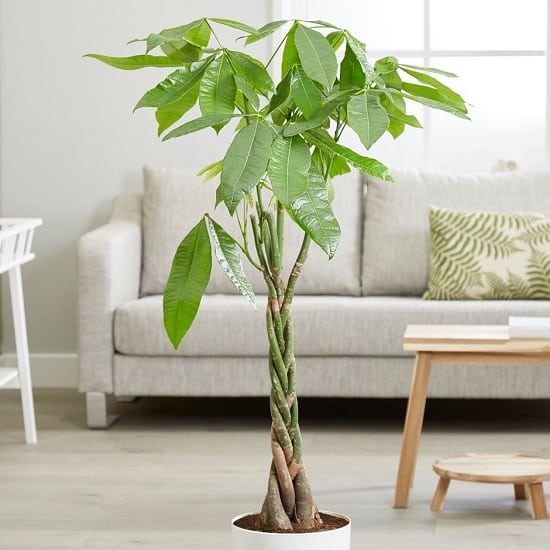
Botanical Name–Pachira aquatica
Money trees not only bring good luck and fortune but also help remove harmful indoor air pollutants. It thrives indoors in warm room temperatures, indirect sunlight, and humid air. Learn how to care for the money tree here.
7. Moth Orchid
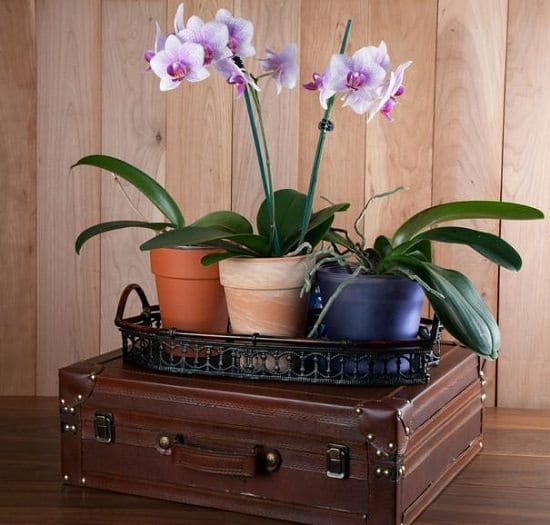
Botanical Name–Phalaenopsis
Moth Orchid not only charms us with fragrant and vibrant flowers, but it can absorb Xylene and Toluene from the air as well. Also, it adapts to indoor conditions easily and considered safe for your cats.
8. Dwarf Date Palm
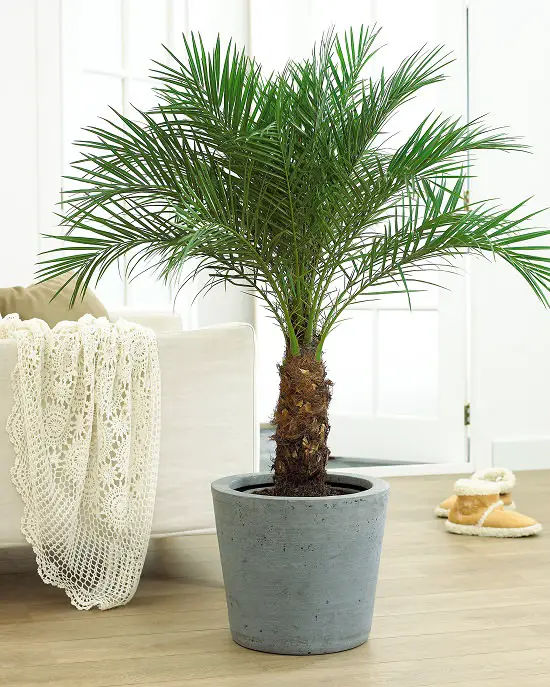
Botanical Name–Phoenix roebelenii
Also known as Pygmy Date Palm, it is conducive to removing Formaldehyde and Toluene from indoor air. It’s a slow-growing plant, making it ideal to be used as a houseplant. It also produces edible fruits, which are non-toxic to your cat.
9. Australian Sword Fern
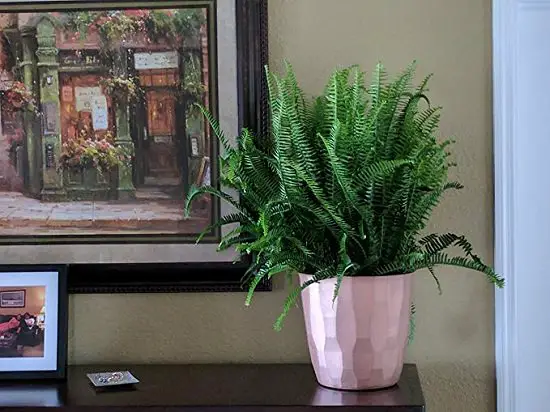
Botanical Name–Nephrolepis obliterata
Also known as Kimberly Fern, we also added it to our list of best hanging basket ferns. This plant purifies the air by eliminating Formaldehyde, Xylene, Toluene, and particulate matter–Keeping your lungs healthy and at the same time, being unharmful to cats.
10. Rubber Plant
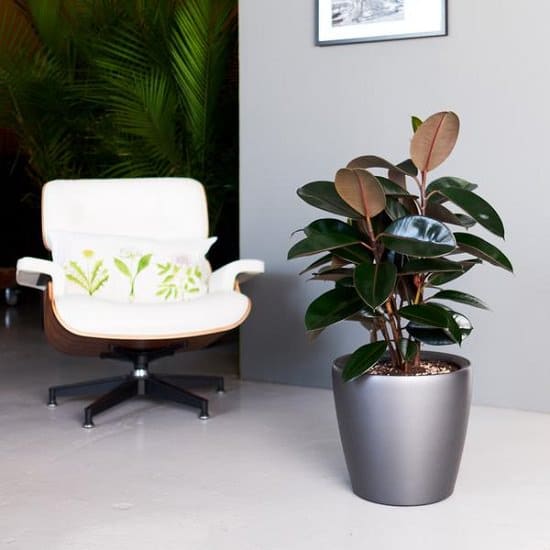
Botanical Name–Ficus elastica
Having lustrous, elliptical, and dark green foliage–The Rubber plant makes an enticing looking plant for indoors. It belongs to the Moraceae family and makes indoor air-free from VOCs. Check out the health benefits of a rubber plant for more details.
11. Dendrobium Orchid

Botanical Name–Dendrobium spp
Orchids from the Dendrobium genus can surely elevate the mood of anyone! These beautiful plants also remove Xylene and Toluene from the air. It means you can safely grow Dendrobium indoors without worrying about your pets, as this plant is safe for cats and dogs.


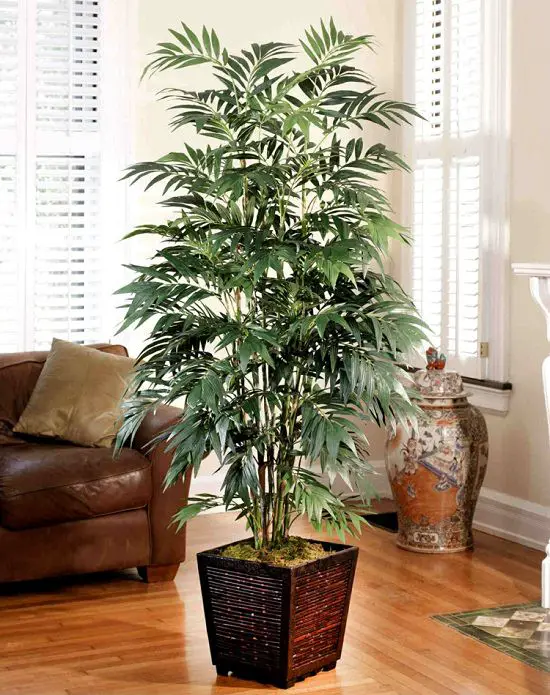
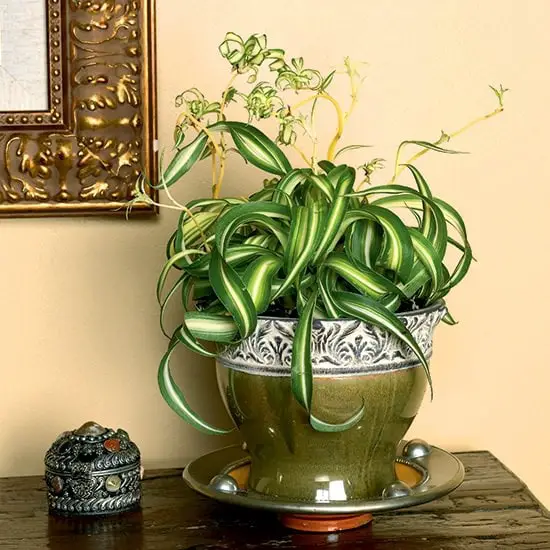
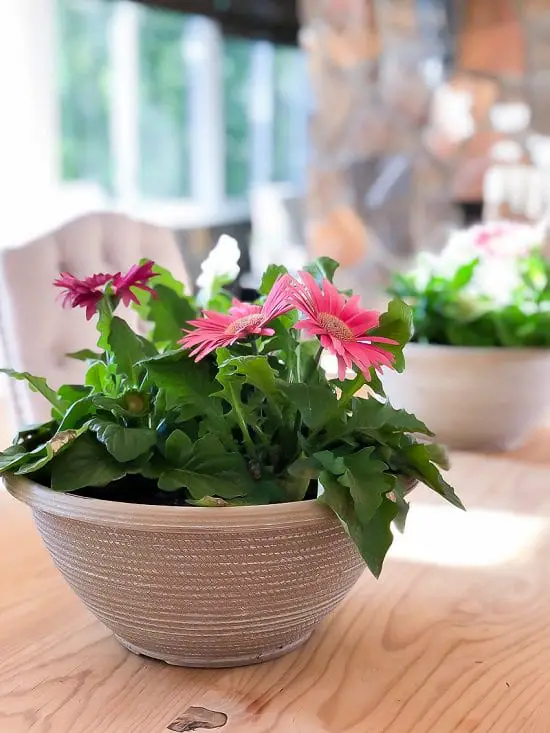

hello there!
nice article but the Ficus plant is actually poison for pets including cats.
The Rubber plant is also toxic to cats and dogs!
The Rubber plant (Ficus elastica) is in fact toxic to cats but the American Rubber plant (Baby rubber plant) which is actually a peperomia is not. x
The names Rubber Plants and Rubber Trees are often mixed up. Add in “Rubber Tree Plant” and it’s almost a free-for-all :)
The Rubber Plant aka “peperomia” are the safest of the “rubber plants”, Peperomina Obtusifolia being the most common.
Rubber trees, aka fiscus (most common: Ficus elastica) are also NOT toxic, but can cause a self limiting GI irritation in a small number of pets who are sensitive.
Exactly the same as catnip! Eating it in large amounts can cause a poison-like reaction. A cat that has consumed too much catnip will display clinical signs of vomiting and diarrhea with no other accompanying symptoms.
Most of the fiscus family are non-toxic. What’s more, they apparently taste horrible and the sap is sticky; most cats won’t go back for seconds if they took a first nibble.
The exception is the Ficus benjamina, aka “Indian rubber plant/tree” It really looks nothing like a rubber tree at all. This variety IS toxic.
This article mixed up the terms, but it’s easy to do, as most unscientific references mix them all up as well.
Ahh I mixed something up myself, and it seems I can’t edit. How embarrassing :) so sorry!
Fiscus benjamina is not the Indian rubber plant. It’s the Weeping Fig. The fiscus elastica is aka Indian rubber.
The Weeping Fig is the toxic rubber plant.
Can anyone help. I have cats but I want to get some plants/flowers to stop mould.
All ficus are toxic to cats! Please update to avoid someone’s cat being inadvertently poisoned, which I’m sure is not your intent. Thank you.
Thank you all who comment you help people like me not do stupid shit…..🤗
I think You should not have any animals around that plant to get poisoned.